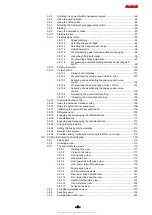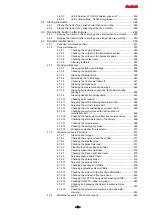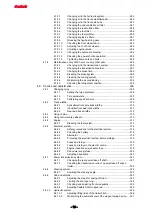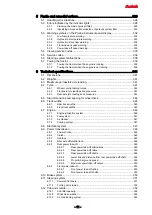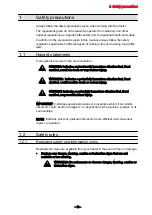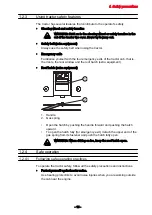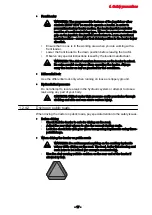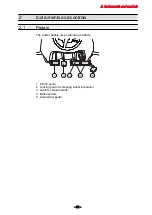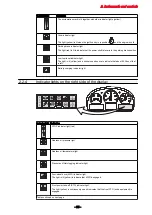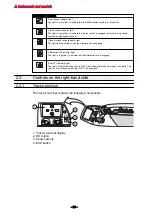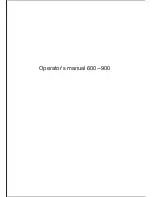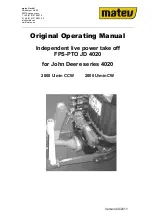
•
Use the prescribed safety devices and ensure that they are in good condition.
•
Follow the directions given by the implement or machine manufacturer.
1.2.4.7
Using ballast weights
Use ballast weights according to the instructions when needed.
WARNING: When driving on the road, at least 20% of the gross weight
of the tractor must be on the front axle. When lifting an implement, the
weight on the front end of the tractor is reduced, and the steering
ability of the tractor is impaired or sometimes lost.
IMPORTANT: When using salt liquid as ballast weight in the wheels, the
manufacturer does not take the responsibility for the damages caused by salt.
•
Use sufficient ballast weights.
•
Mount ballast weights only at the points intended for this purpose.
1.2.4.8
Towing
Read and follow the given instructions to tow a trailer or an implement safely.
WARNING: When the tractor is towing a trailer, the brake pedals must
be locked together. The brakes are not to be used individually for
steering.
WARNING: When using a trailer, make sure that the hitch latch is locked.
WARNING: When using a trailer, always use the trailer brakes if
required by law. The trailer brakes are recommended to be used in 50
km/h models also in those countries where it is not required by law.
•
Couple a trailer to the drawbar using an approved trailer coupling.
•
Always lower a loaded drawbar with the hydraulic lift.
•
Check that trailer brakes are operating properly and observe any special
instructions issued by the trailer manufacturer.
•
Secure the trailer load properly.
WARNING: On tractors with trailers, the load must be properly
secured. The load must not obstruct the operator’s vision, or cover
lights and reflectors. Loads which project more than 1 m behind
the vehicle train must be suitably marked. During daytime, this
should be done with a flag, and during darkness, with a red light
and a reflector arrangement.
1. Safety precautions
- 19 -

